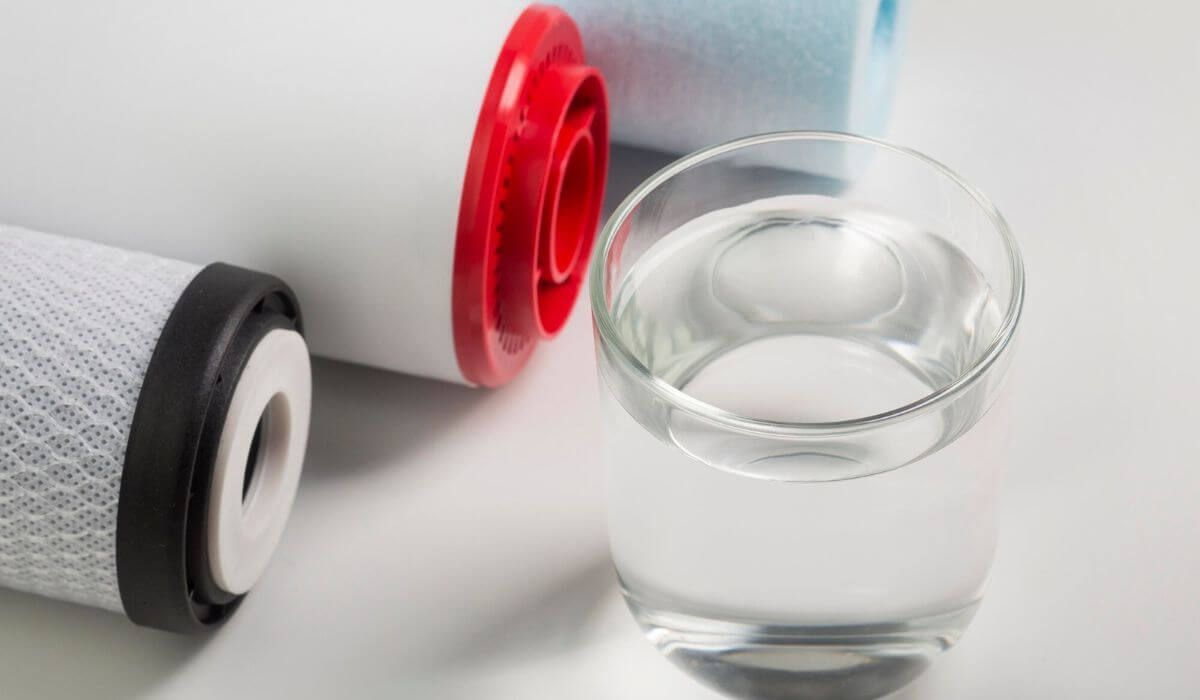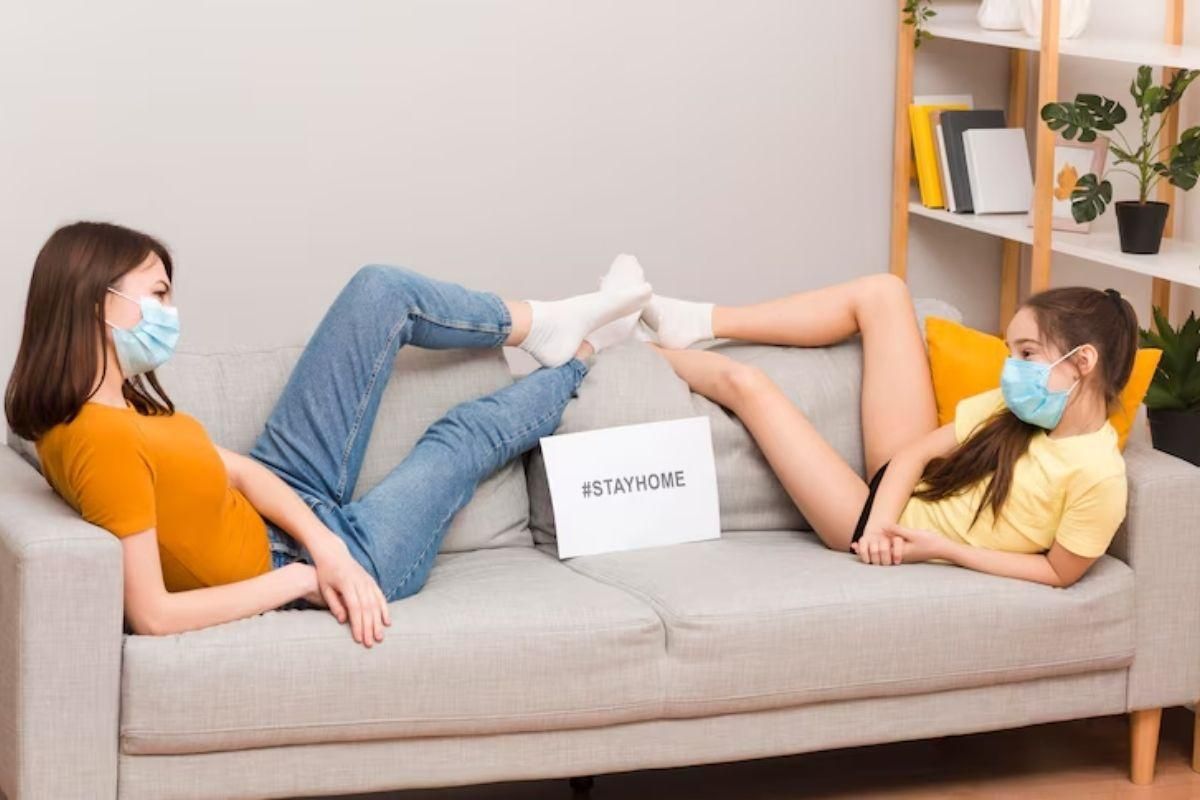Best Way to Get Out a Stain: Easy DIY Tips That Work
No matter how careful you are, stains have a way of showing up when you least expect them—on your favorite shirt, the living room couch, or right in the middle of your carpet. The good news? You don’t need to panic. With the right approach and a few household ingredients, you can tackle most stains yourself without expensive products or harsh chemicals.
As a Sydney-based cleaning consultant with years of experience, I’ve seen (and removed) it all—from red wine spills to stubborn ink blotches. In this guide, I’ll walk you through simple, step-by-step stain removal tips using everyday items like baking soda, vinegar, and lemon juice. And for those stains that just won’t budge, I’ll explain when it’s time to call in the professionals—like the reliable team at Everyday Clean. Let's dive in and make your home look spotless again.
Understanding Stains: The Basics
Before diving into specific methods, it's essential to understand what makes a stain and why certain treatments work better than others.
Types of Stains
- Protein-Based Stains: These include blood, sweat, dairy, and eggs. They coagulate with heat, making them harder to remove if treated with hot water.
- Tannin-Based Stains: Commonly from coffee, tea, wine, and fruit juices. They are plant-based and can often be removed with acidic solutions.
- Oil-Based Stains: From grease, butter, and cosmetics. These require emulsifying agents like dish soap to break down the oils.
- Dye-Based Stains: Such as ink and grass stains. These can be particularly stubborn and may require specialized treatments.
- Combination Stains: Foods like chocolate or sauces can have both protein and oil components, necessitating a multi-faceted approach.
Immediate Actions: The First Step in the Best Way to Get Out a Stain
Acting swiftly can make a significant difference in stain removal.
- Blot, Don't Rub: Use a clean cloth or paper towel to blot the stain gently, working from the outside in to prevent spreading.
- Cold Water Rinse: For most stains, especially protein-based ones, rinse with cold water to prevent setting.
- Avoid Heat: Do not apply heat (like ironing or hot water) until the stain is entirely removed, as heat can set the stain permanently.

Household Remedies: Natural Solutions
Many effective stain removers are already in your kitchen.
1. Baking Soda
Baking soda is excellent for absorbing oils and neutralizing odors.
- Application: Sprinkle directly onto the stain, let it sit for 15–30 minutes, then vacuum or brush off.
- For Tough Stains: Create a paste with water, apply to the stain, let it dry, and then wash as usual.
2. White Vinegar
White vinegar is a natural disinfectant and works well on tannin-based stains.
- Application: Mix equal parts vinegar and water, apply to the stain, let it sit for 10–15 minutes, then blot and rinse.
- Caution: Avoid using vinegar on natural stone surfaces like granite or marble.
3. Lemon Juice
The citric acid in lemon juice acts as a natural bleaching agent.
- Application: Apply directly to the stain, let it sit in the sun for enhanced effect, then rinse thoroughly.
- Note: Test on an inconspicuous area first, as it can lighten fabrics.
4. Dish Soap
Effective against grease and oil stains.
Application: Apply a small amount directly to the stain, gently rub, let it sit for 5–10 minutes, then rinse with cold water.
5. Hydrogen Peroxide
A mild bleaching agent suitable for protein and dye-based stains.
- Application: Apply 3% hydrogen peroxide directly to the stain, let it bubble for a few minutes, then blot and rinse.
- Caution: Test on colored fabrics first to ensure it doesn't cause discoloration.
Specialized Techniques: Tailored Approaches
Different stains require specific treatments.
Blood Stains
- Immediate Action: Rinse with cold water.
- Treatment: Apply hydrogen peroxide, let it sit, then blot and rinse.
Ink Stains
- Immediate Action: Blot with a paper towel.
- Treatment: Apply rubbing alcohol using a cotton ball, blot until the ink lifts, then rinse.
Wine Stains
- Immediate Action: Blot and sprinkle salt to absorb the wine.
- Treatment: Apply a mixture of vinegar and water, let it sit, then rinse.
Grease Stains
- Immediate Action: Blot excess grease.
- Treatment: Apply dish soap, gently rub, let it sit, then rinse with cold water.
Commercial Stain Removers: When to Use Them
While household remedies are effective, some stains may require commercial products.
- Enzyme-Based Cleaners: Effective for protein-based stains like blood and sweat.
- Oxygen Bleach: Safer alternative to chlorine bleach, suitable for colored fabrics.
- Stain Removal Sprays: Convenient for pre-treating stains before washing.
Always follow the manufacturer's instructions and test on a small area first.

Preventative Measures: Avoiding Future Stains
Prevention is better than cure.
- Use Napkins and Tablecloths: Protect clothing and furniture during meals.
- Treat Stains Immediately: The sooner you act, the better the outcome.
- Regular Maintenance: Clean appliances and surfaces regularly to prevent buildup.
When to Seek Professional Help
Despite your best efforts, some stains may persist.
- Delicate Fabrics: Silk, wool, and other delicate materials may require professional cleaning.
- Set-In Stains: Older stains that have set may need specialized treatments.
- Valuable Items: For expensive or sentimental items, it's best to consult professionals.
In Sydney, Everyday Clean offers expert stain removal services using eco-friendly products and professional-grade equipment.

Conclusion
Stains are an inevitable part of life, but they don't have to be permanent. By understanding the nature of different stains and employing the appropriate treatments—be it household remedies or commercial products—you can effectively tackle most stains. Remember, the best way to get out of a stain is to act promptly, use the right method, and when in doubt, seek professional assistance. With these strategies, you can keep your fabrics looking fresh and clean.


